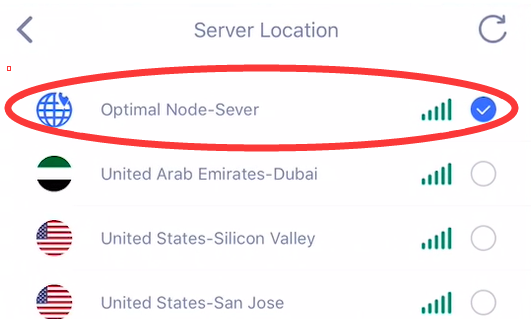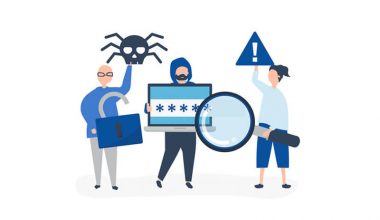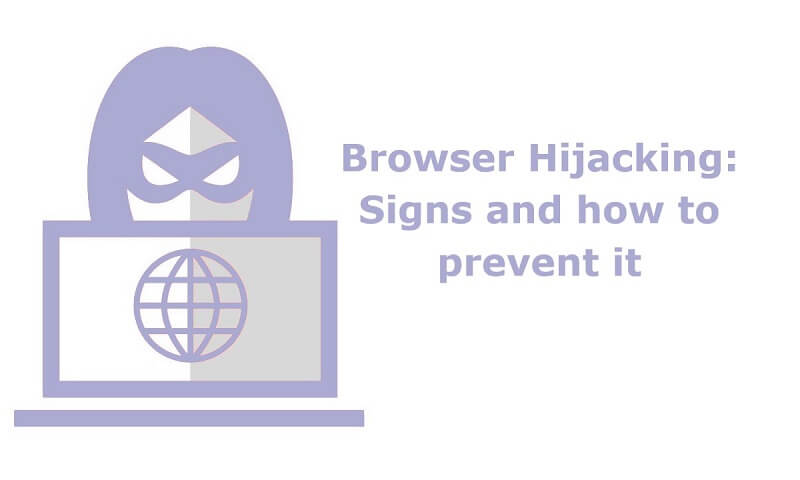Have you ever tried to watch a YouTube video and just got an error saying “The uploader has not made this video available in your country”? That’s because YouTube enables its uploaders to geo-block their videos. Yes, this is what we call geo-blocking.
When you travel abroad, you may not able to access content that is available in your home country due to geo-blocking. It is the biggest restriction on the Internet. May it be a blocked streaming service, news site or TV show.
If you know little about geo-blocking, you’ve come to the right place. This article will teach you the definition of geo-blocking and how it works.
What is geo-blocking?
Geo-blocking, also known as geographical restriction, is a practice used by governments, schools, business and big tech companies to restrict access to certain regions.
For example, the BBC iPlayer, available to British citizens, doesn’t allow streaming services being accessed from outside the UK.
How does it work?
Generally, whether a user is allowed to visit a website depends on where the user sends the request from. That is to say, it’s the user’s geographical location that determines if the website is available.
Therefore, the IP address is used to implement geo-blocks. Every device that connects to the Internet has to have a unique IP address. Websites are able to restrict your access based on your IP address.
Let’s put it simply: when you ask the website for permission to pay a visit, the website will receive your request that includes your IP address. Then, it can decide whether to approve your permission or not according to your IP address.
Geo-blocking is annoying. If you want to stream your favorite sports live, you need to bypass geographical restrictions with the best VPN for live stream.






